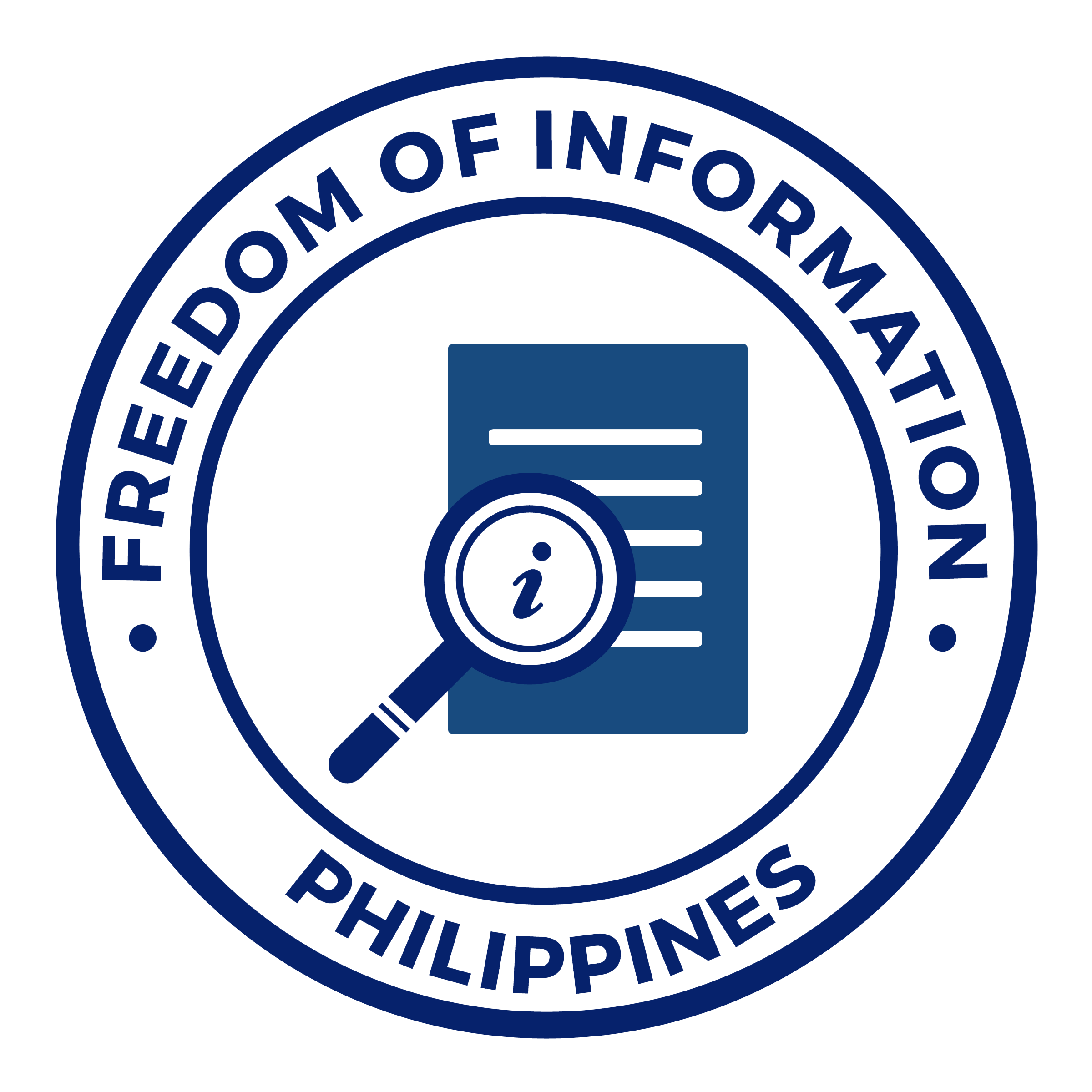NEWS AND UPDATES
Making screening for Diabetic Retinopathy closer to Filipino patients’ reach
Depicted in films, books, and science fiction stories as a means to bring doom to humans, Artificial Intelligence (AI) actually can significantly change medicine and healthcare.
In a report, the World Health Organization (WHO) describes how leveraging AI for healthcare holds great promise or potential. This potential is exactly what Harvard Medical School Assistant Professor of Ophthalmology Dr. Paolo Antonio Silva and his team are exploring with their current project on diabetic retinopathy.

Under the Newton Agham Program of the Department of Science and Technology – Philippine Council for Health Research and Development (DOST-PCHRD) and the United Kingdom Medical Research Council (UK-MRC), Dr. Silva’s team launched the UK-Philippines Remote Retinal Evaluation Collaboration in Health: Diabetic Retinopathy or REACH-DR.
On September 21, 2021, the REACH-DR team shared the first successful implementation of a validated AI algorithm in the clinical setting for ophthalmology in the country. Following this significant achievement, Dr. Silva shares their motivation and vision in pursuing the project, and their plans moving forward.
Establishing a telemedicine program for diabetic retinopathy
Building on AI technologies, the REACH-DR project aims to establish the very first inclusive telemedicine screening program for diabetic retinopathy in the country.

“Diabetic retinopathy is the most common complication of diabetes. Despite the availability of highly effective treatment, diabetic retinopathy remains the most common cause of visual loss and blindness among people with diabetes. This emphasizes the need for retinal evaluation.” Dr. Silva explains. “While screening for the disease early on is especially relevant, in-person retinal evaluation in the Philippines is not always possible, due to lack of access to medical facilities that is worsened by geographic, social and cultural constraints.”
Deriving inspiration from the success of a DR screening program in the UK, Dr. Silva’s team set out to launch a similar project here in 2019. “One of the greatest success stories in diabetes eye care is the United Kingdom’s National Diabetic Retinopathy Screening Programme. In 2014, for the first time in five decades, diabetic retinopathy was no longer the leading cause of legal blindness in the working-age population in England and Wales, due to the early detection of diabetic retinopathy by screening, along with improved control of blood sugar levels.”
The team aims to implement a national DRSP in the country by completing three phases: 1) developing the necessary infrastructure by analyzing and validating existing telemedicine technology, 2) adapting the selected technologies into the Philippine setting, and 3) completing the technology transfer to the Philippine stakeholders.
If successful, “the UK REACH DR program will help to identify eyes at high risk for losing sight, and this will have a direct benefit for individuals,” Dr. Silva says. “An additional benefit will be the promotion of awareness for the need for eye evaluations which will significantly improve the overall level of eye care and reduce the risk of diabetes-related visual loss among people with diabetes,” he added.
The first validated AI algorithm in the clinical setting for ophthalmology in PH
Now in its third year of implementation, the project achieved a significant milestone last week. “September 21, 2021, marks the first use of a validated artificial intelligence (AI) algorithm in a clinical setting for ophthalmology in the Philippines,” Dr. Silva shares. “Our REACH-DR team with the use of AI has successfully performed and completed diabetic retinopathy screening in a target community in Nueva Ecija to identify diabetic retinopathy and other vision-threatening retinal diseases.”

This development is a step closer to increasing access to retinal screening, which will pave the way for timely and accurate diabetic retinopathy detection.
“Evaluating retinal images is a highly skilled process, which requires training, continuous quality control, and maintenance of a specialized skill set. As trained retinal image readers are costly and difficult to train with limited numbers worldwide, it has become a necessity to seek automation processes in ocular telemedicine to increase throughput while maintaining cost-effectiveness and accuracy.”
The project will run until next year, June 2022, with the completion of the screening of the target population and is expected to provide the framework for the future implementation of diabetic retinopathy screening programs in the Philippines.
With the nearing completion of the project, Dr. Silva highlights how conducting health research provides “opportunities to answer dilemmas unaddressed for many years.”
“Health research changes lives and makes the world we live in much better than it is,” he says.
__________________________________________________________________________________________________
Dr. Paolo Antonio S. Silva is a staff ophthalmologist and the chief of telemedicine at the Beetham Eye Institute of the Joslin Diabetes Center. He is an Assistant Professor of Ophthalmology at Harvard Medical School and a research collaborator and faculty at the Philippine Eye Research Institute.




